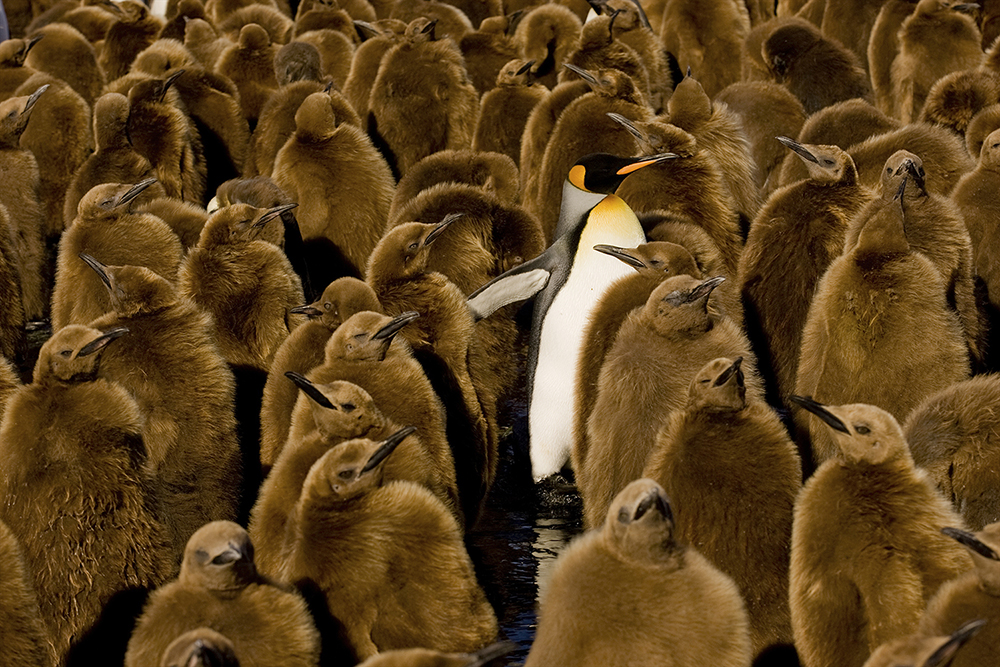Headlines are currently dominated by the cost-of-living crisis and its escalating impact on mental well-being as well as bank balances. US President Joe Biden recently described inflation as his ‘top domestic priority’, while British Prime Minister Boris Johnson warned of a ‘very severe’ inflationary risk to the UK’s economy.
This inflationary pressure is mirrored in the global advertising market, with media buyers wrestling with unprecedented levels of ad cost inflation, particularly for TV. The Drum reported that TV inflation had risen to 30-40%, with Zenith’s chief strategy officer Richard Kirk commenting that “of all the things that have made the last year difficult, inflation has been the one we’ve spent the most time talking about… Inflation is absolutely something keeping us up at night.”
Getting the media mix right in a shifting landscape
There are several factors fuelling the dramatic rise in TV media costs. Many brands are now looking to reinvest in advertising following periods of reduced spend during the pandemic, which is driving up demand for ad spots. At the same time, the rapid growth of video-on-demand streaming platforms is diverting eyeballs from linear TV and making audiences harder to reach. In-content advertising business Mirriad has reported that the typical UK viewer watches 6 hours of TV & video content per day, but only 6% of that viewing time is advertising.
Media inflation looks unlikely to subside any time soon, with the Qatar FIFA World Cup taking place at the end of the year and expected to drive up the price of Christmas ad spots.
As costs rise brand owners need to stretch media budgets further to maximize ROI, and the stakes are higher for getting media decisions right. But this is complicated by questions around media consumption patterns as we emerge from the pandemic.
WARC reported last year of the ‘rapid and severe’ media disruption caused by COVID-19. Consumption of digital touchpoints such as online video, social media and E-Commerce increased significantly, and inevitably media dollars followed at the expense of hard-hit channels like cinema and out of home. The question now is which consumer habits will stick as we emerge from the pandemic, and what does that mean for media investment strategy?

Now is the time to be bold - do fewer things, but do them excellently
Kantar media effectiveness and touchpoint planning studies consistently show that a minority of touchpoints deliver most of the impact for brands. Across a wide range of markets and categories we typically see that 20% of touchpoints deliver 80% of the brand impact.
This suggests that brands can maximize ROI by scaling back investments in less impactful touchpoints and focusing budgets on the touchpoints that deliver the most impact. So how do marketers identify the magic 20% of impactful touchpoints?
Know the rules of engagement for your brand & audience
One school of thought asserts that brands should continue to reallocate marketing spend from traditional to digital media channels to maximize impact. Zenith forecasts that digital ad spend growth will continue to outpace the growth of the total global advertising market with a 14% rise in 2022. Equally, Kantar media effectiveness and touchpoint planning studies show that digital touchpoints are overtaking traditional channels in terms of brand impact and efficiency. This is a trend accelerated by the pandemic and amplified further by TV ad cost inflation.
But of course, this does not mean that marketers should abandon TV. TV remains the single most impactful channel for brands and continues to be the cornerstone of effectiveness in many campaigns.
Ultimately there is no one-size-fits-all solution to effective touchpoint planning. Kantar studies demonstrate that the relative brand impact of touchpoints is influenced by a range of factors including audience, brand status and category.

Digital touchpoints, for example, typically have more impact in service industries characterised by a high involvement consumer decision process such as finance and telecoms. Media effectiveness also varies significantly across regions, meaning that even global brands need to assess the brand-building potential of media on a local level. And of course, specific objectives for individual campaigns should also be heavily reflected in media choices.
Consumer research has a crucial role to play – both in terms of informing longer-term touchpoint strategies for a brand as post-pandemic media consumption habits take shape, as well as underpinning a test and learn approach to maximizing the media effectiveness of individual campaigns.
Uncover the blind spots
Consumers experience brands via a growing network of touchpoints. Paid media typically only delivers 25% of all touchpoint impact, while other touchpoints like product experiences and word of mouth can contribute up to 75%. This does not mean advertising is unimportant, but it is crucial to uncover the blind spots that will optimize touchpoint ROI and accelerate brand growth.
Kantar recently partnered with Virgin Atlantic to help them navigate the shifting touchpoint landscape. The airline’s Global Media Strategy Lead, Simon Brady, was keenly aware of the need to take a bird’s eye view of all touchpoints that could potentially be leveraged to engage with consumers.
“The way consumers touch a brand is becoming more sophisticated and splintered so the days of being able to reach and engage your customer just through traditional touchpoints such as TV, Press and Radio are way gone. A well thought through, data-driven understanding of which paid, earned and owned touchpoints are most important at driving your brand power is critical to ensure not only do you reach them with your message but also your investment is effective and efficient”.

Leveraging Kantar’s touchpoint planning and optimisation solution Connect, Virgin Atlantic explored the brand impact of a wide spectrum of paid, earned and owned touchpoints. By analysing the reach and quality of each touchpoint to determine impact, Connect provided Virgin Atlantic with a strategic view of the holistic touchpoint landscape, identifying competitive edges beyond traditional high-reach media channels.
“We discovered the critical importance of a number of touchpoints such as inflight experience & entertainment, social, search and digital in driving our brand power forward alongside traditional high reach touchpoints such as TV. This enabled us to develop a sophisticated integrated touchpoint plan to relaunch our brand in 2022. Whilst it is early days measuring the effectiveness this allowed us to reallocate investment away from underperforming paid touchpoints into new emerging ones and deliver improved brand performance and ROI.”
Key actions to maximize media budget ROI as ad cost inflation soars
- Be bold – continue to invest in advertising but streamline the strategy, focusing efforts behind the Top 20% most impactful touchpoints
- Know the rules of engagement – develop a consumer-centric understanding of the touchpoints that will engage your target audience and deliver brand impact in your category & market… there is no one-size-fits-all solution
- Uncover the blind spots – paid media must work alongside earned and owned touchpoints to give your brand a competitive edge
To find out more about how Kantar helps businesses maximize touchpoint effectiveness to drive brand growth, contact: James Shepherd
Author: Richard McLeod, Head of Media, Kantar Insights UK
Special thanks to: Simon Brady, Global Media Strategy Lead, Virgin Atlantic
